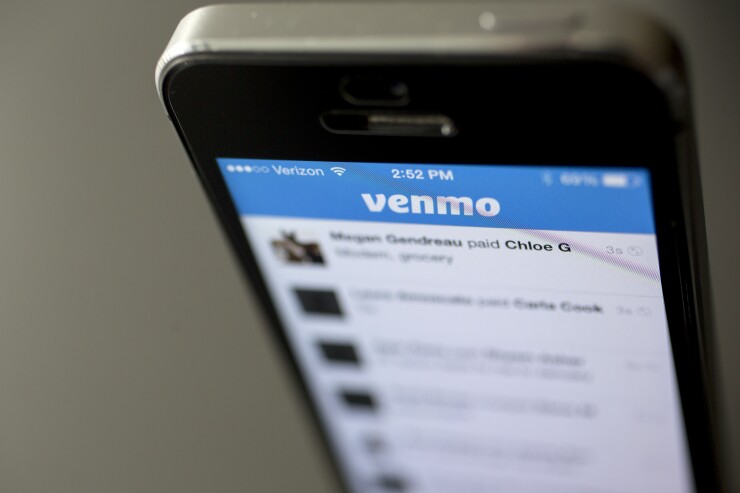Millennials love to bank from their mobile devices. Why trek to a physical bank branch to deposit a check or worry about running low in your checking account when you can handle all your banking needs with a few taps?
According to a
These types of features are a must-have for banks to remain competitive today. However, there are certain functions that millennials look elsewhere to fulfill. Take P-to-P payments. Venmo processed a whopping

The reality is that technology companies will always be able to move faster and innovate more quickly than banks. If banks don’t want to lose their customer base, they have to offer equal or better products. In the case of P-to-P payments, the momentum was already going with Venmo, and so the banks had to give their P-to-P product a unique value proposition. Instead of requiring users to “cash out” and wait a couple days for the funds to be available (like Venmo), Zelle enabled them to offer instant availability.
This is a good start. However, the key to taking on Venmo (or any third party competitor) and adding value is to deliver integrated experiences. Customers should not only be able to transfer money to each other, but also use that money to pay for items and enjoy rewards. This is one of the lessons of mobile payments that many companies are still struggling to understand.
It’s not enough to offer a mobile payment capability. That capability has to materially improve the shopping experience if customers are going to use it. Many third-party wallet apps have struggled to gain traction because it’s just as easy for customers to pay with a credit card as it is with a phone. There is no added benefit.
Conversely, Starbucks has experienced overwhelming success with its mobile payments app because it coupled payment with other features, like loyalty tracking and order ahead. Customers use the app in droves because they have the chance to earn a free coffee or skip the line. It’s also worth noting that when anyone introduced a payment only wallet app, and it was a disaster. No wallet has succeeded on a global scale.
So, for banks to stay ahead of the curve and keep their customers engaged on mobile, they have to bundle high utility functions for Millennials into their apps. The best way to achieve this is through a collaborative environment where banks can work with retailers and third party providers to deliver rich and robust functionalities. Millennials are not only be able to do P-to-P payments with Zelle, but also pay with Zelle as they enjoy digitally enhanced shopping experiences in participating large retailers.
Smaller, more agile companies hold certain advantages, but they do not have to undermine the role of incumbent players, like banks, who have large customer bases that trust them as an institution. What banks need are tools that allow them to work with third parties like retailers and brands who can elevate their apps to a new level.





